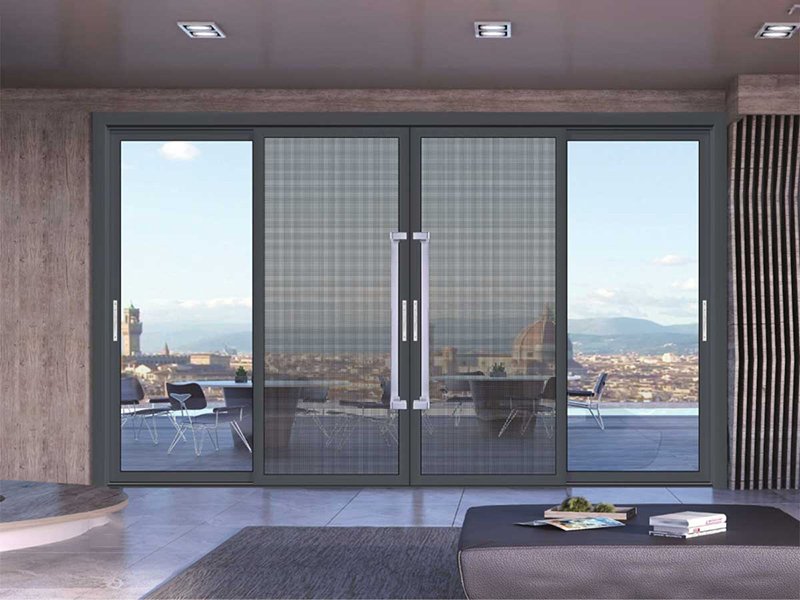When installing sliding doors, I’ve seen many clients frustrated with poor quality pulleys that make noise and stick. This common problem can turn a beautiful door into a daily annoyance.
The quality of sliding door pulleys primarily depends on the material used. High-quality pulleys are typically made from imported stainless steel, feature adjustable height mechanisms, and provide smooth, silent operation when properly installed against the tracks.

As someone who has worked with sliding door hardware for over 15 years, I’ve learned that the pulley material makes all the difference between a door that glides effortlessly and one that becomes a daily frustration. Let me share what I’ve discovered about judging pulley quality.
What is the common problem with sliding doors?
Many homeowners complain about sliding doors that stick, squeak, or become increasingly difficult to open. These issues often stem from low-quality pulleys that wear down quickly.
The most common sliding door problems include misalignment, derailing, squeaking, and sticking. These issues typically arise from poor-quality pulleys that can’t handle the door’s weight or weren’t properly installed.

When examining sliding door problems, I focus on three key areas: material quality, installation precision, and maintenance requirements. Poor-quality materials often show early signs of wear, including visible scratches on the rollers and uneven wear patterns. Installation problems typically manifest as misalignment or improper height adjustment. Regular maintenance becomes crucial with lower-quality pulleys, as they require more frequent adjustment and lubrication to maintain smooth operation.
Quality Indicators for Sliding Door Pulleys:
- Material composition (stainless steel vs. cheaper alternatives)1
- Weight capacity ratings2
- Bearing type and quality
- Surface finish and uniformity
- Adjustment mechanism durability
What material is used for a sliding door?
The choice of door material significantly impacts the type of pulley system needed. An inappropriate match can lead to premature wear and operational issues.
Modern sliding doors are commonly made from wood, glass, aluminum, or composite materials. Each material requires specific pulley types – stainless steel for heavier glass doors, nylon-wheeled options for wooden doors, and specialized systems for aluminum frames.

The relationship between door material and pulley selection is crucial for optimal performance. I’ve found that matching the right pulley to the door material requires considering several factors:
Material Compatibility Chart:
| Door Material | Recommended Pulley Type3 | Weight Capacity4 | Special Considerations |
|---|---|---|---|
| Glass | Stainless steel | High | Needs extra stability |
| Wood | Nylon/steel hybrid | Medium | Moisture resistance |
| Aluminum | Polymer-coated steel | Light | Corrosion prevention |
| Composite | Heavy-duty nylon | Medium | Temperature stability |
How to make heavy sliding doors slide easier?
Heavy sliding doors often become difficult to operate, causing frustration and potential safety hazards. This common issue needs proper attention and solutions.
To improve heavy sliding door operation, install high-quality stainless steel pulleys with proper weight ratings, ensure precise track alignment, and maintain regular cleaning and lubrication of the rolling mechanism.

Through years of experience with heavy sliding door installations, I’ve developed a comprehensive approach to ensuring smooth operation. The key lies in understanding the relationship between door weight, pulley capacity, and installation precision. High-quality pulleys should be selected based on door weight plus a 20% safety margin. Track alignment must be perfect – even a 1mm deviation can affect operation. Regular maintenance, including cleaning and lubrication of both tracks and pulleys, is essential for optimal performance.
Optimization Steps:
- Calculate door weight5 accurately
- Select appropriate pulley rating6
- Check and adjust track alignment
- Install additional support if needed
- Implement regular maintenance schedule
What is the sliding door theory?
Understanding sliding door theory helps in selecting the right components and ensuring proper installation for optimal performance.
Sliding door theory encompasses the principles of friction reduction, weight distribution, and momentum control. It involves calculating the correct pulley size, track design, and installation angles to minimize resistance and maximize smooth operation.

The science behind sliding door movement involves several key principles that I’ve learned are crucial for successful installation. The main factors include:
Key Theory Components:
Friction Coefficient Analysis
- Track material vs. pulley material
- Impact of environmental conditions
- Wear patterns and longevity
Weight Distribution Mechanics
- Center of gravity calculations
- Load bearing points
- Stress distribution patterns
Momentum Management
- Opening and closing force requirements
- Dampening systems
- Safety considerations
Conclusion
Selecting quality sliding door pulleys requires understanding material properties, proper installation techniques, and regular maintenance. Choose stainless steel pulleys with appropriate weight ratings and ensure precise installation for optimal performance.
Understanding the advantages of stainless steel can help you make informed choices for durability and performance. ↩
Exploring weight capacity ratings will ensure you select the right pulley for your specific needs, enhancing safety and functionality. ↩
Explore this link to understand how to choose the right pulley type for various door materials, ensuring optimal performance. ↩
This resource will help you learn how to assess weight capacity for door pulleys, ensuring safety and functionality. ↩
Understanding how to calculate door weight is crucial for ensuring safety and proper installation of doors. ↩
Selecting the right pulley rating is essential for the smooth operation and longevity of your door system. ↩

